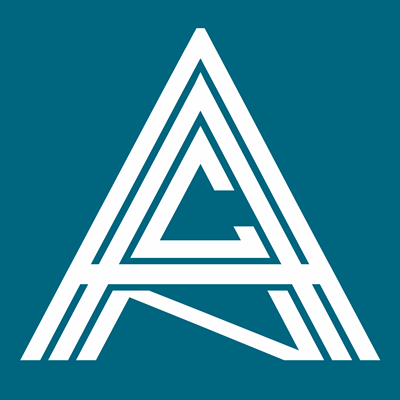When I first started treating acoustic neuroma (i.e. vestibular schwannoma) patients 30 years ago, about 50% of my clients had facial palsy as a result of microsurgery to remove an acoustic neuroma. Thanks to much better facial nerve monitoring during surgery, and other options like stereotactic radiosurgery or monitoring, I see only the occasional acoustic neuroma patient in my private practice now.
The few people I’ve seen recently have all reported similar outcomes postoperatively. The acoustic neuroma was successfully removed, the facial nerve was preserved and was working initially. Then, within the first few days, the affected side of the face suddenly falls.
The convention for most facial therapists is to wait until the patient starts to get movement before they begin treatment. However, I have always preferred to see people once early on. When people are sent home and told to wait for recovery, they often don’t know what to do while waiting. It’s not unusual that they then check out "Dr Google", surely it will have some advice on what to do. As we all know there’s good information and not so good information on the internet. I’d rather give people good information about what to do and what not to do in those early days.
There are four things I review with people when I see them initially.
1. EDUCATION
Using pictures, I review the facial nerve structure and function, degrees of injury to the nerve, recovery profiles and some general timelines for what to expect. I emphasise that no gross facial exercises should be done until the nerve and the muscles are "plugged in" on the affected side -- regardless of what the internet or friends and family say. Exercising before the nerve has recovered and reconnected with the muscle will only strengthen the good side and cause more dissymmetry.
2. EYE CARE
When the eye can't close, and tear-duct function has been affected, the eye is at risk. Patients can develop dry spots on the cornea or experience corneal damage. I usually recommend people see an Ophthalmologist who will examine the cornea and decide if protective surgery is required. Eye products should be preservative free and used frequently, not just when the eye feels dry; that's too late. Heavier ointments like Lacri-Lube and Tear-Gel can be used at night. I also review the use of eye taping, protective sunglasses and manual blinking.
3. IMPROVING CIRCULATION
Because muscles are not in use, blood circulation tends to be poor. As a result, it is important to maintain good circulation on the affected side. It can be done by applying moist heat for 5 minutes, 3 to 5 times a day or by tapping the face for 20 seconds, frequently during the day.
4. MAINTAINING SYMMETRY
While one side is doing all the talking and making facial expressions, it becomes stronger and pulls the face to the unaffected side. The mouth and the nose are particularly prone to pulling over. A simple technique is to passively pull the mouth and nose on the strong side back towards the middle. It is called a half-circle massage, and it is best done after laughing or talking a lot. I review these four things with people who have no facial recovery after acoustic neuroma removal. Once they have that information we stay in touch to see how they recover and decide if any further therapy is required.

